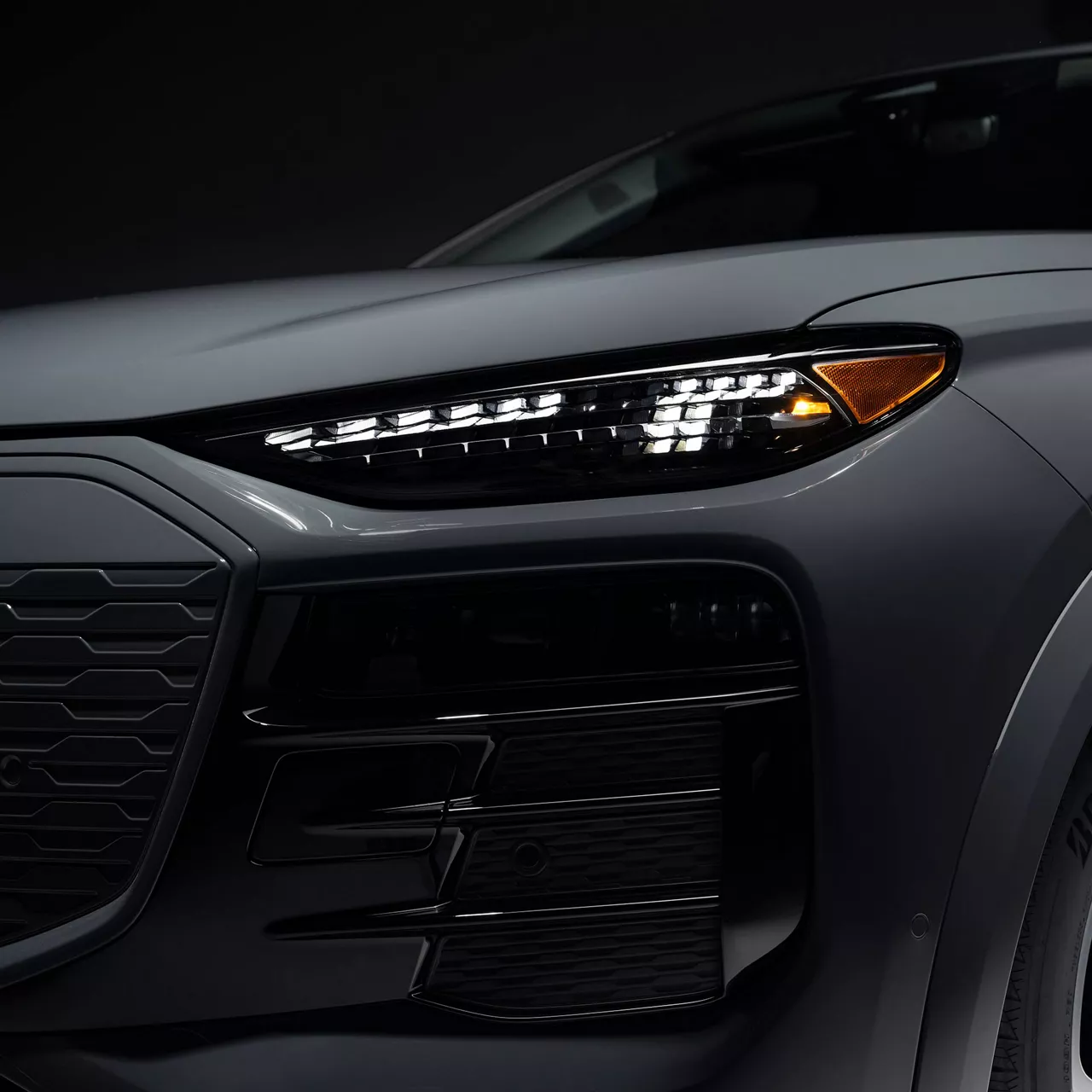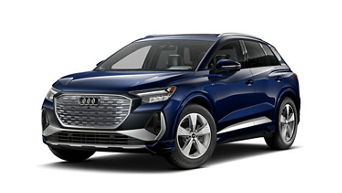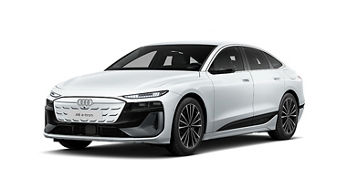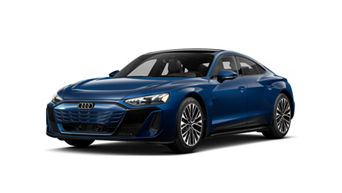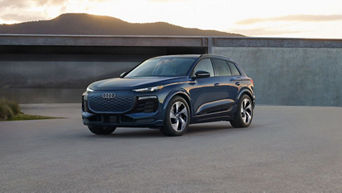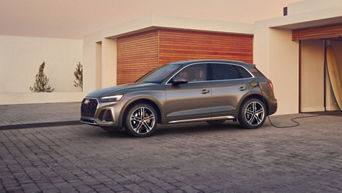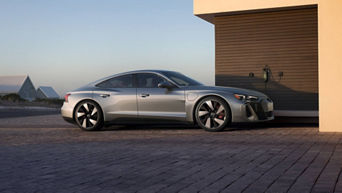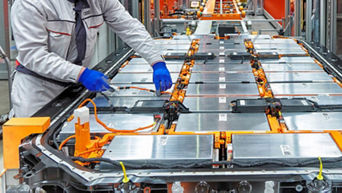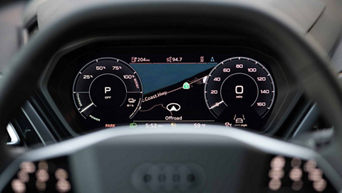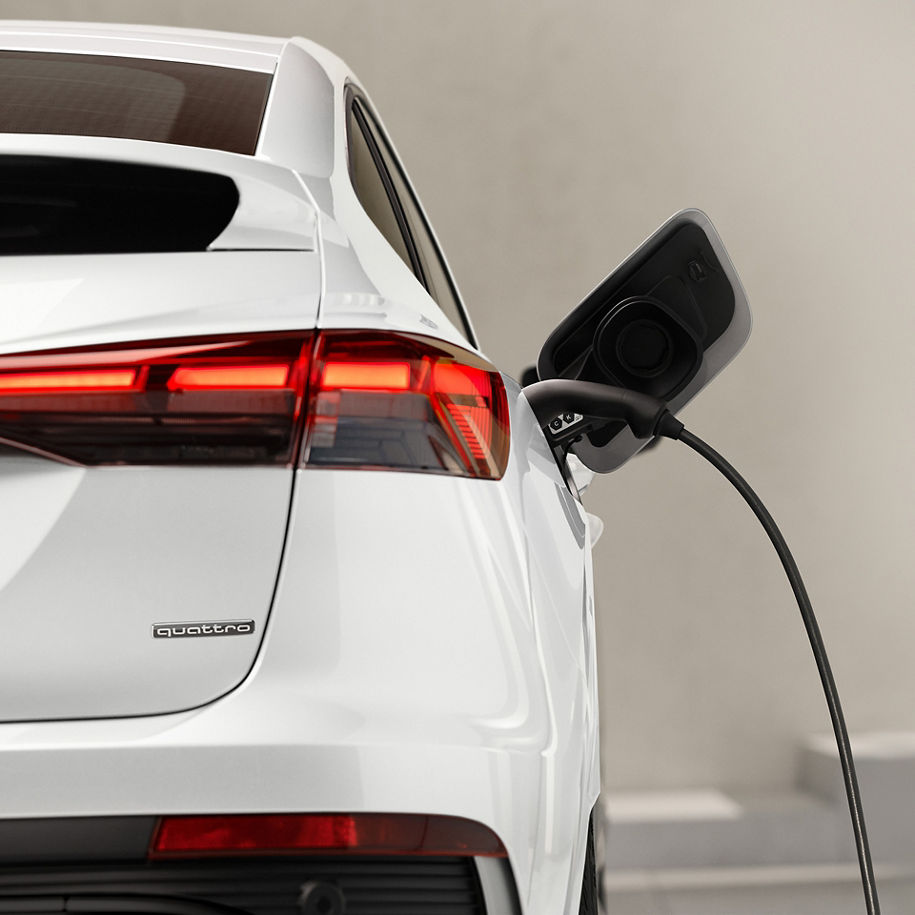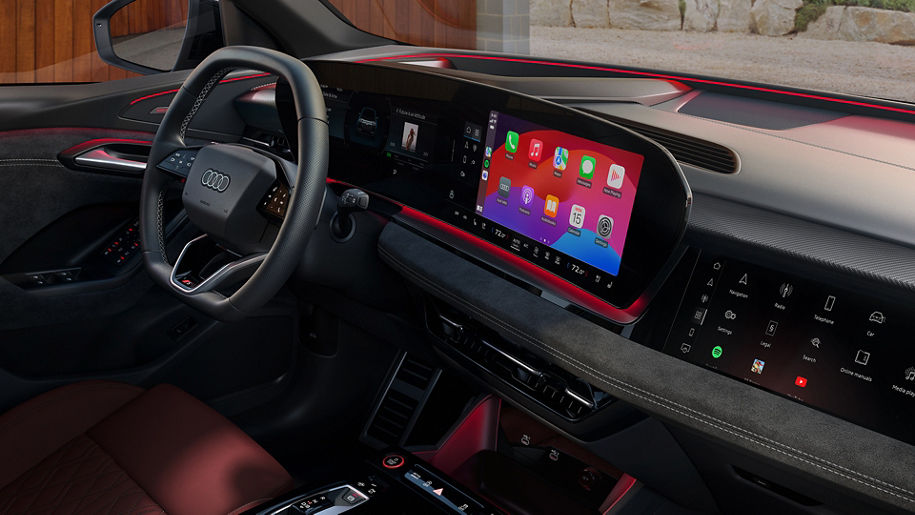e-tron is the name of the Audi fully electric, model lineup. Audi e-tron models deliver progress you can feel: engaging performance, sophisticated design, and intuitive technology—all while offering innovation, comfort, and efficiency.

Progress is electric.
Audi e-tron® defined.Compare e-tron models
The Audi e-tron EV model lineup is expanding. Learn more about the current e-tron models available and find your next Audi.
EV your way.
The world of EVs is surprisingly diverse. Explore our two EV options to find the one that suits you best.
Learn EV
Get familiarized with electric vehicle (EV) terminology and get your questions answered.
Electric knowledge is power
Learn more about EVs and the e-tron lifestyle.
